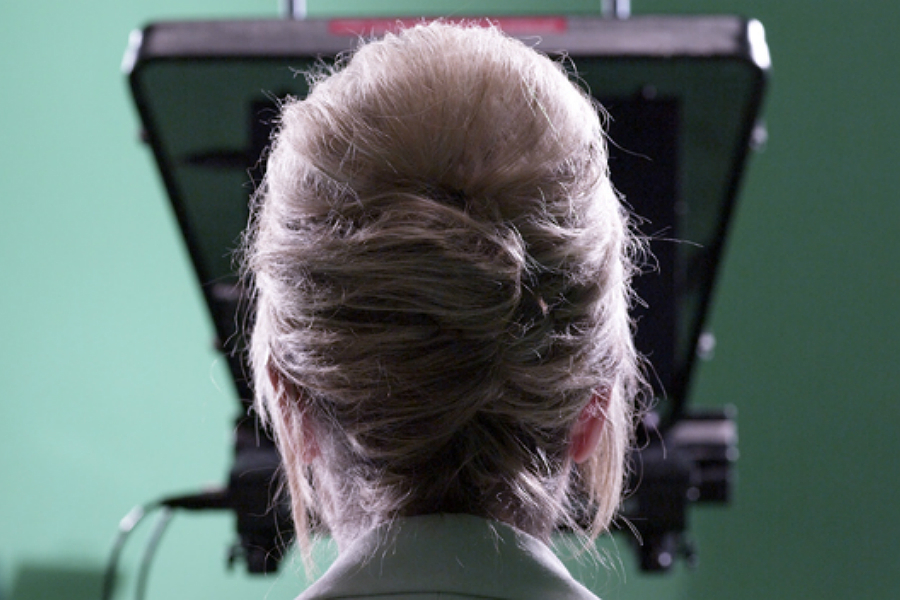The Art Writer’s Responsibility to Readability

In the first of a series on the nature of modern criticism, artist and blogger Darren Murphy looks at the responsibility of the writer to readability…
We’ve all done it; gone to an exhibition, and been absolutely flummoxed by the artist’s work on display. In some instances, we turn to writing for help. Sometimes, however, arts writing brings with it as many questions as solutions.
The keenness of those inhabiting the art world to be creative with their nouns is no more evident than in the gallery press release, something Erica Scourti often satirises in her work. The recent Guardian article, A user’s guide to artspeak, brought to light a paper published by Triple Canopy last year, in which it is posited: “The internationalized art world relies on a unique language.” The paper recognises this unique language as rife in the ‘Art World’, a language by its own merit, and much debate has been sparked by the paper’s resurfacing.
This concern with art writing is nothing new; in 2004 at Manchester’s Cornerhouse an event took place named On Communication, coinciding with the Hayward Gallery’s touring show, Incommunicado. The event came in two parts; the first chaired by freelance curator Heidi Reitmaier, with Will Bradley and Rachel Withers speaking.
During the event a member of the audience asked Withers what responsibility the writer holds to the reader. In her response Withers likened a writer’s responsibility to the reader to the act of standing naked atop Mount Everest. Writing is one of the most democratic ways of communicating, anyone can gain access to it so long as it is published; i.e., a writer is exposed to everyone, just like a nudist at the top of the world.
So, is it that the writer may not necessarily have responsibility to the reader, but to the readability of a text? In this context, take ‘readability’ to mean how easy it is to interpret a text’s meaning (i.e. avoiding jargon), and in that case what may take away from the readability of critical writing about art? Let us look back some sixty years to George Orwell’s Politics and the English Language, where he discusses arts and literary criticism:
“In certain kinds of writing, particularly in art criticism and literary criticism, it is normal to come across long passages which are almost completely lacking in meaning … in the sense that they not only do not point to any discoverable object, but are hardly ever expected to do so by the reader…” George Orwell, Politics and the English Language, 1946
What Orwell essentially states here is that not only does the critic use words that have no obvious meaning or point, but that the reader expects this; that is they expect there to be no commitment to definitive readability but for the texts to be full of words, phrases, and/or points whose meaning is open to interpretation.
Maybe the causes become clear when you consider the fact an art critic is analysing a visual work without a single definitive meaning.
Could it be though that the art critic is not waffling, as perceived by those that understand Orwell’s interpretation of the use of ‘meaningless’, they are in fact ensuring they do not tell the reader what to see, as Clement Greenberg would have preferred. They attempt to help the reader reach a conclusion by using words that are not necessarily meaningless, but merely without a resolute meaning. This allows the reader to both interpret what is being said and take from it as little or as much as they so wish, gaining an engagement with the work or exhibition that they may not have previously had, or adding to one that they did have.
However, this leads us into a territory covered by the footprints of giants. If the critic is attempting to communicate what they are seeing, is it then their responsibility to do this subjectively or objectively?
Darren Murphy
Darren is the founder of Not Too Critical, an inclusive and informal discussion group hoping to incite debate and discussion on matters and subjects pertaining to the contemporary arts
Darren’s words on modern criticism will be serialised on The Double Negative over the next few weeks
Image courtesy Phil Coy, from Hayward Gallery’s touring show, Incommunicado





